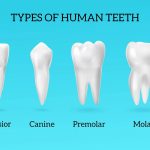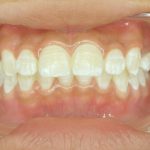When to Expect Relief: The Timeline for Swelling Reduction After Wisdom Teeth Removal
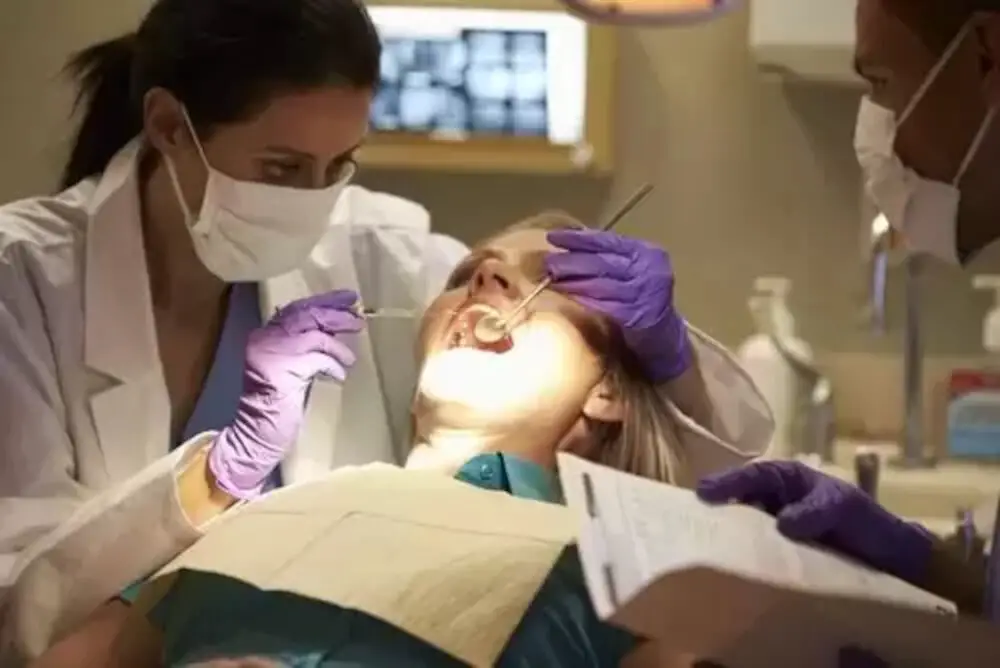
When it comes to wisdom teeth removal, most people tend to focus solely on the recovery period after the procedure. However, it is equally important to understand the timeline for swelling reduction after wisdom teeth removal. Swelling is a common occurrence after wisdom teeth extraction, and while it can be uncomfortable and unsightly, it is a natural part of the healing process. Understanding when to expect relief from swelling can help ease anxiety and ensure a smooth and efficient recovery. The timeline for swelling reduction after wisdom teeth removal can vary depending on a variety of factors, including the individual’s age, overall health, and the number of teeth removed. Typically, the first 24-48 hours after surgery are the most critical, as this is when the majority of swelling and discomfort will occur. During this time, it is important to rest and avoid any strenuous activity to allow the body to focus on healing. Ice packs and over-the-counter pain medication can also be helpful in reducing swelling and managing pain.
Wisdom teeth removal is a common dental procedure that involves the extraction of the third molars, which often cause pain and discomfort due to their location at the back of the jaw. Swelling is a common side effect of wisdom teeth removal, as the body’s natural response to surgery is inflammation. The extent and duration of swelling can vary depending on various factors, such as the number of teeth extracted, the individual’s pain tolerance, and the surgical technique used. However, with proper aftercare, such as using ice packs and taking prescribed medications, swelling can be managed, and the recovery process can be accelerated. As the body heals, the swelling gradually subsides, and the individual can resume their normal activities, usually within a few days to a week after the procedure.
Knowing when to expect relief from swelling after wisdom teeth removal is crucial for managing pain and discomfort. The timeline for swelling reduction varies from person to person, but generally, it can take up to a week or more for the swelling to subside. Being aware of this timeline can help patients prepare for the recovery process and plan accordingly. It can also alleviate anxiety and frustration that may arise from not seeing immediate improvement. Knowing when to expect relief can empower patients to take an active role in their recovery and make informed decisions about their post-operative care. Therefore, it is important for healthcare professionals to educate their patients on what to expect during the recovery process and provide them with the necessary resources and support to ensure a smooth and successful healing journey.
Immediate PostOperative Period
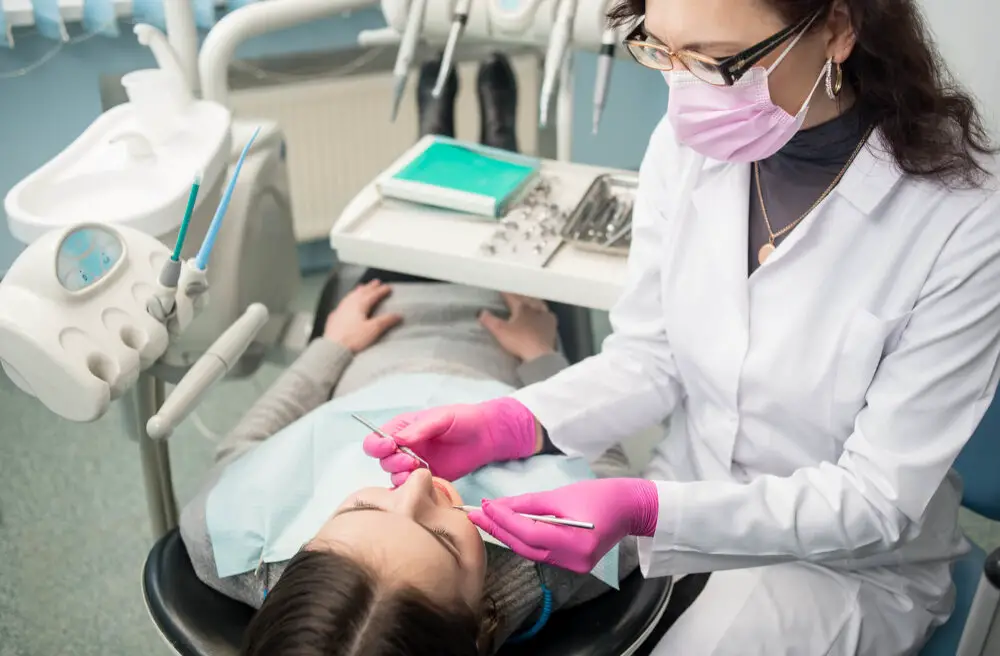
The immediate postoperative period following wisdom teeth removal is a critical time when patients must be vigilant about their recovery. During this period, patients should expect to experience some discomfort, swelling, and bleeding. It is essential to follow the postoperative instructions carefully to minimize the risk of complications and ensure a smooth recovery. Patients should avoid strenuous activity, smoking, and drinking alcohol during this period. They should also take their pain medication as prescribed and avoid using straws to prevent dislodging the blood clot that forms in the socket. The immediate postoperative period typically lasts for the first 24-48 hours after surgery. During this time, patients may experience some swelling and bruising around the surgical site, which is a normal part of the healing process. To help reduce swelling, patients can apply an ice pack to their cheeks for 20 minutes at a time, with 20-minute breaks in between. It is also essential to maintain good oral hygiene during this period by rinsing the mouth gently with warm salt water. By following these postoperative instructions, patients can expect to experience relief from swelling and discomfort within a few days after surgery.
Swelling is a common occurrence after wisdom teeth removal and typically peaks within the first 24-48 hours. During this period, the affected area may appear puffy, tender, and sore. The degree of swelling can vary depending on factors such as the number of teeth removed, individual healing patterns, and adherence to post-operative care instructions. While some degree of swelling is normal and expected, excessive swelling or signs of infection should be promptly reported to the oral surgeon. To minimize swelling, patients are advised to apply ice packs to the affected area for 20 minutes at a time, take prescribed pain medications as directed, and avoid smoking and alcohol consumption.
Swelling is a common side effect after wisdom teeth extraction, and it can last for several days. However, there are some tips to help reduce swelling during this time. Firstly, applying an ice pack to the affected area can help to reduce inflammation and swelling. It is recommended to apply the ice pack for 20 minutes at a time, with a break of at least 10 minutes in between. Secondly, keeping your head elevated while lying down can also help to reduce swelling, as it promotes blood flow away from the affected area. Additionally, taking prescribed pain medication and avoiding smoking or drinking through a straw can also help to minimize swelling. Following these tips can help to make the recovery process more comfortable and reduce the length of time it takes for the swelling to subside.
Rest and proper care are essential in promoting the healing process after wisdom teeth removal. It allows the body to repair and regenerate tissues that were damaged during the procedure. Neglecting rest and proper care can lead to complications such as prolonged swelling, pain, and infection. It is crucial to follow the post-operative instructions given by the dentist or oral surgeon, which includes taking prescribed medications, applying ice packs, and avoiding strenuous activities. Adequate rest and proper care can significantly reduce the recovery time and ensure a smooth and comfortable healing process.
Days 23
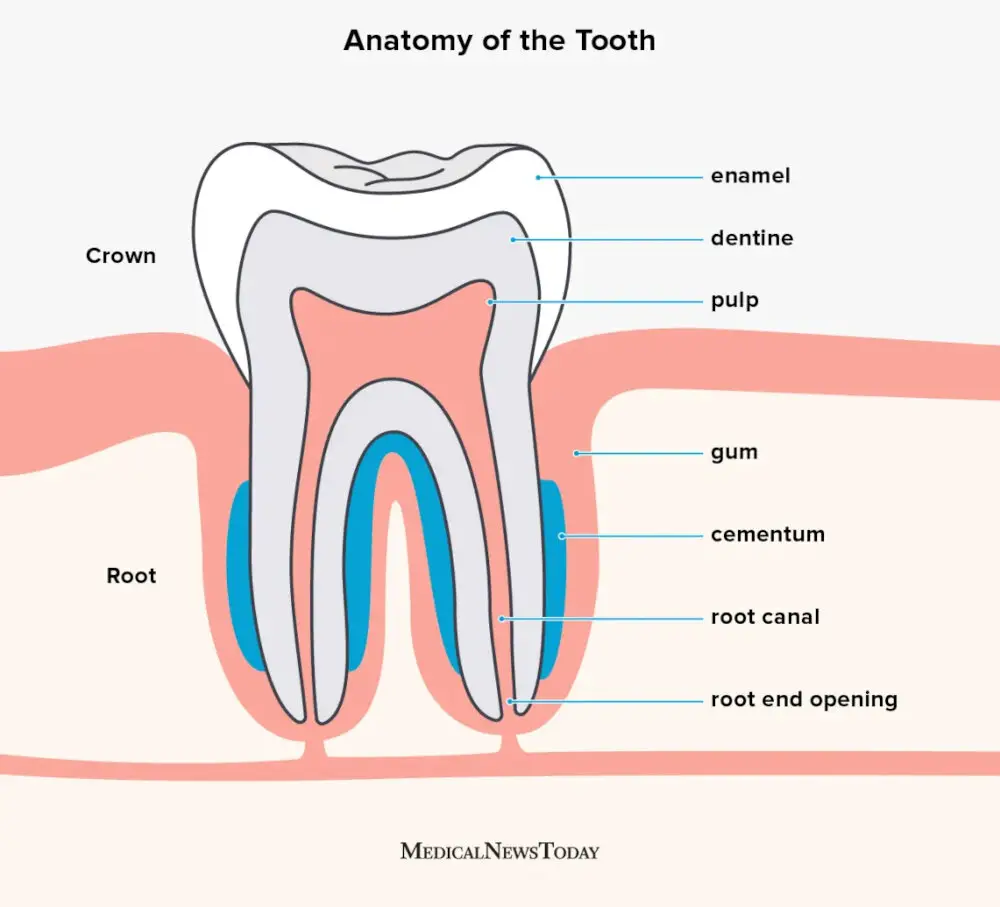
Days 23 after wisdom teeth removal usually mark the end of the recovery period. By this time, most of the swelling and discomfort should have subsided, and the patient should be able to resume their normal activities. However, it is still important to follow the aftercare instructions provided by the dentist or oral surgeon to ensure proper healing. During the first few weeks after surgery, the body works to repair the damaged tissues and close the incisions. By day 23, the gum tissue should have fully healed, and any stitches or sutures should have dissolved or been removed. The bone tissue may still be undergoing remodeling, but this process usually takes several months to a year to complete fully. Patients should continue to practice good oral hygiene and avoid irritating the surgical site until it has fully healed. Overall, patients can expect to feel much more comfortable and be able to resume their regular diet and activities after day 23.
Continued swelling and bruising after wisdom teeth removal is a common occurrence that can be attributed to various factors. Initially, the body responds to the surgical trauma by increasing blood flow to the affected area to promote healing. This influx of blood causes swelling, which can persist for several days after the procedure. Additionally, the extraction process can cause damage to the soft tissues and blood vessels, leading to bruising. The severity of the swelling and bruising can vary based on the individual’s healing response and the complexity of the extraction. While these symptoms can be uncomfortable, they typically subside within a week or two with proper post-operative care.
Managing discomfort and swelling after wisdom teeth removal is essential to ensure a smooth recovery. To alleviate discomfort, over-the-counter pain relievers such as ibuprofen can be taken as directed. Applying a cold compress to the affected area for 20 minutes at a time can also help to reduce swelling. It is important to avoid smoking, using a straw, or consuming hot liquids, as these actions can slow down the healing process and cause further discomfort. Maintaining a soft food diet and practicing good oral hygiene habits, such as gently brushing and rinsing with saltwater, can also aid in the healing process and reduce swelling. By following these tips, patients can expect relief and a quicker recovery after wisdom teeth removal.
Following postoperative instructions is crucial for a successful recovery after wisdom teeth removal. These instructions are designed to minimize pain, swelling, and the risk of complications. They may include guidelines for diet, oral hygiene, medication use, and physical activity restrictions. Ignoring these instructions, even partially, can lead to prolonged healing time, increased pain, infection, and other complications. It is also essential to attend follow-up appointments with the oral surgeon to monitor healing progress and ensure that any issues are promptly addressed. By following postoperative instructions, patients can minimize their discomfort and speed up their recovery time, allowing them to return to their normal activities as soon as possible.
Days 47

On day 47 after wisdom teeth removal, patients should expect to experience minimal to no swelling in their face and jaws. Swelling is one of the most common side effects of wisdom teeth extraction, and it can last for several days or weeks after the procedure. The level of swelling varies from person to person, depending on factors such as age, health status, and the number of teeth removed. However, by the 47th day, most patients should have fully recovered from the swelling and discomfort associated with wisdom teeth removal. During the first few days after extraction, patients may experience significant swelling in their cheeks, lips, and jawline. This is due to the trauma caused by the surgery, which triggers the body’s natural healing response. To reduce swelling and discomfort, patients are advised to apply ice packs to their face, rest as much as possible, and take pain medication as prescribed by their dentist. On days 47, patients should no longer need to take pain medication and should feel comfortable eating solid foods again. However, it is important to continue following post-operative instructions to ensure a smooth recovery and prevent any complications from arising.
Gradual reduction in swelling is a natural process that occurs after wisdom teeth removal surgery. The initial postoperative period is characterized by significant inflammation, which is a result of the body’s response to the surgical trauma. As time passes, the inflammation gradually subsides, and the surrounding tissues begin to heal. The reduction in swelling is usually noticeable after the first 48-72 hours, and the degree of swelling varies depending on the individual’s response to surgery. It is important to note that while the swelling reduction process can take up to several weeks, following the postoperative instructions provided by the oral surgeon can help speed up the healing process. These instructions may include using ice packs, avoiding smoking and drinking through a straw, eating soft foods, and taking prescribed medications.
To promote healing after wisdom teeth removal, it’s important to follow a few simple tips. First, be sure to rest and avoid any strenuous activity for the first few days following the procedure. It’s also essential to eat soft foods and avoid anything that could potentially irritate the surgical site. Additionally, make sure to carefully follow your dentist’s post-operative instructions, including any prescribed medication and proper oral hygiene practices. Applying ice to the affected area can also help to reduce swelling and discomfort. Finally, be patient and allow your body the time it needs to heal fully. By taking these steps, you can expect to experience a smooth and successful recovery after wisdom teeth removal.
Continuing to monitor progress and seeking medical attention if necessary are crucial steps to ensure a smooth recovery after wisdom teeth removal. While some swelling and discomfort are expected initially, it’s important to keep an eye on any changes in symptoms, such as increasing pain or fever, as these could indicate an infection or other complication. Regular check-ins with your dentist or oral surgeon can provide peace of mind and allow for prompt treatment of any issues that may arise. Additionally, following post-operative instructions and maintaining good oral hygiene can help prevent complications and promote healing. Overall, being vigilant and proactive in monitoring your recovery can help ensure a successful outcome and minimize any potential discomfort or complications.
Days 714
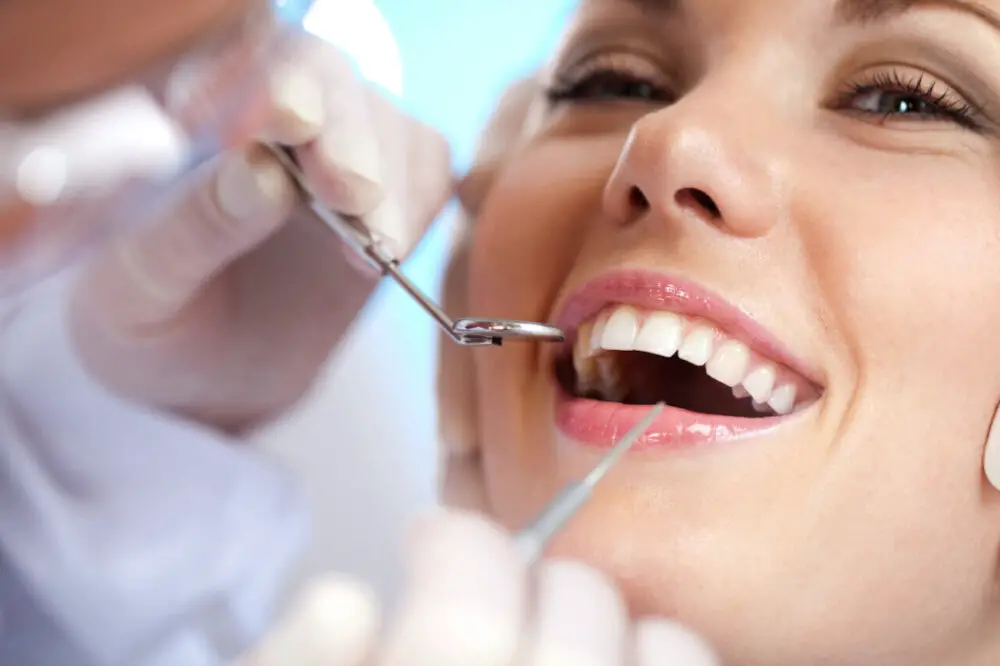
Days 714 after wisdom teeth removal can be a turning point in the recovery process. By this time, the swelling should have significantly reduced, and the patient can start to feel more comfortable. However, it is important to note that each person’s recovery timeline is unique, and some individuals may experience swelling for a longer period. It is essential to follow the aftercare instructions provided by the dentist or oral surgeon to ensure a smooth recovery. During days 7-14, the sutures used to close the incision site may start to dissolve, and the patient may begin to feel less pain and discomfort. It is crucial to continue to avoid hard or crunchy foods, as well as using straws or smoking, as these activities can delay healing and cause complications. Regularly rinsing with saltwater can also aid in reducing inflammation and promoting healing. Overall, days 7-14 are a crucial time in the recovery process, and patients must continue to take care of themselves to ensure a successful recovery.
A further reduction in swelling after wisdom teeth removal can be achieved by following certain guidelines. Applying ice packs on the affected area for the first 48 hours can help in reducing inflammation. Elevating the head while sleeping can also help in reducing swelling. Rinsing the mouth with salt water solution can help in preventing infections and reducing swelling. Avoiding hot and spicy foods, smoking, and drinking through a straw can help in preventing further swelling. In addition, taking prescribed pain medication and antibiotics as instructed by the dentist can also aid in reducing swelling. It is important to follow these guidelines to ensure a speedy recovery with minimal discomfort.
Maintaining good oral hygiene is essential for preventing various dental problems, including bad breath, cavities, and gum diseases. To keep your teeth and gums healthy, you must brush your teeth twice a day with a fluoride toothpaste and floss daily to remove plaque and food particles. You should also use an antiseptic mouthwash to kill bacteria and freshen your breath. Avoid sugary and acidic foods and drinks that can cause tooth decay and erosion. Instead, eat a balanced diet with plenty of fruits, vegetables, and dairy products. Lastly, visit your dentist regularly for checkups and cleanings to catch any problems early and prevent them from becoming more serious.
It is crucial to follow up with your dentist or oral surgeon after wisdom teeth removal. The healing process can vary from person to person, and it is essential to monitor any swelling, pain, or complications that may arise. Your dentist or oral surgeon can provide guidance on proper post-operative care, including medication, diet, and oral hygiene to ensure a smooth recovery. Additionally, regular check-ups can help identify any potential issues early on, allowing for prompt treatment and preventing further complications. Neglecting to follow up with your dental professional can lead to prolonged discomfort and delay the healing process, so it is essential to prioritize post-operative care.
Wisdom teeth removal is a common dental procedure, but it can be accompanied by swelling and discomfort. The timeline for swelling reduction after wisdom teeth removal can vary depending on the individual and the complexity of the extraction. Generally, the first 48-72 hours after the procedure are the most critical for swelling. During this time, it is recommended to apply ice to the affected area for 20 minutes on and 20 minutes off. After the first few days, the swelling should begin to decrease gradually, but it may take up to a week or two for the swelling to completely subside. It is important to follow post-operative instructions provided by the dentist or oral surgeon to promote healing and alleviate any discomfort.
Proper care and monitoring during the recovery period after wisdom teeth removal is crucial for a successful and comfortable healing process. Neglecting to follow post-operative instructions, such as avoiding hard foods or tobacco products, can lead to complications such as infection or dry socket. Additionally, monitoring swelling and pain levels can help identify any potential issues early on, allowing for prompt treatment. Adequate rest, hydration, and pain management are also key components of a smooth recovery. By prioritizing proper care and monitoring, patients can ensure a quicker and less painful healing process, ultimately leading to a faster return to their normal daily activities.
It is essential that patients seek medical attention if they experience any concerning symptoms after wisdom teeth removal. While some swelling and discomfort are expected during the healing process, excessive swelling or persistent pain may indicate a more serious issue. Delaying medical attention can lead to complications and prolong the recovery process. Patients should not hesitate to contact their dentist or oral surgeon if they have any concerns or questions about their recovery. Remember, seeking medical attention is a crucial step in ensuring a successful and comfortable recovery after wisdom teeth removal.
Conclusion

In conclusion, understanding the timeline for swelling reduction after wisdom teeth removal is essential for patients to prepare themselves mentally and physically for the post-operative recovery period. While the timeline may vary from person to person, it typically takes around three to five days for the swelling to subside. However, it is important to note that proper rest, hydration, and following the post-operative instructions provided by the dentist or oral surgeon can significantly speed up the recovery process. Patients should also remain vigilant for any signs of complications such as excessive bleeding, fever, or severe pain and seek immediate medical attention if necessary. Ultimately, by taking the necessary precautions and being patient with the recovery process, patients can ensure a successful and comfortable healing experience.
